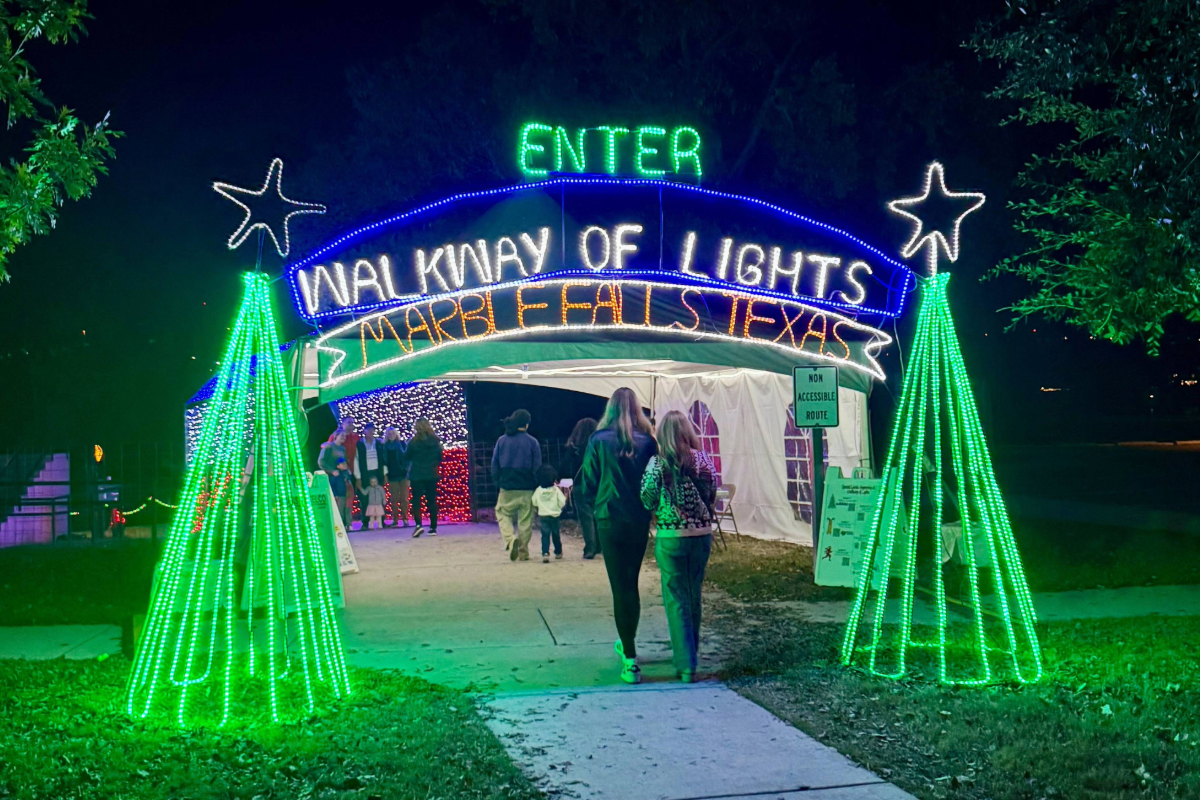
From where did the Christmas tree tradition originate?
With all the varieties of Christmas trees available today along with millions of different ornaments, it’s hard to believe that early Americans looked with disdain on the holiday centerpiece.
William Bradford, the second governor of the early Plymouth Colony, was sternly against frivolous celebrations of Christmas. He and many other New England Puritans did not tolerate anything taking away from the sacredness of Jesus’s birth.
Oliver Cromwell, an influential Puritan leader as well as an English statesman and a member of Parliament from 1628-1640, never set foot in the New World, but those Puritans in early America paid heed to his words and teachings. Cromwell reportedly preached against things such as Christmas carols, decorating trees, and other celebratory expressions of the season.
These types of activities, Cromwell believed, were counter to the holy event of Jesus’s birth.
The early Puritans and their practices set a very serious tone for Christmas with the General Court of Massachusetts passing a law in 1659 that actually fined people for hanging decorations. The only acceptable observance of Dec. 25 was attending a church service.
Apparently, this Puritan influence held its grip on Christmas celebrations here for almost 200 years.
So how did our decked-out Christmases come about?
The practice of bringing greenery into homes dates back thousands of years, even before Christ’s birth. Many cultures celebrated the Winter Solstice, which is the shortest day of the year and usually falls on Dec. 21 or 22, as the beginning of the return of the sun.
Ancient Egyptians used green palm rushes to decorate their homes to show how life triumphs over death in their worship of the god Ra.
Early Romans held a feast called Saturnalia on the solstice to honor Saturn, who was the god of agriculture. The Winter Solstice meant their farms and orchards would soon be bursting with crops, so they donned their homes with evergreens.
Ancient Celtic priests, called Druids, saw evergreens as a symbol of everlasting life and decorated their temples with them.
Christians use evergreens as a symbol of how Jesus brought us everlasting life through him.
However, when it comes to the Christmas tree, the Germans typically get the credit. Sometime in the 16th century, German Christians began putting decorated trees in their homes to celebrate the holiday.
As for the lights, well, some credit Martin Luther, a 16-century Protestant reformer. As the story goes, Luther was walking home one winter’s evening and noticed the stars shining and twinkling through the evergreen trees. The beauty of that scene captured Luther’s wonder.
To recreate it, Luther set up a tree in his home and put lighted candles upon its branches. Yes, it was definitely a fire hazard, but the practice caught on (but not the fire).
But back in America, Puritan beliefs kept the Christmas tree at bay. Even up through the early 1800s, Americans saw the Christmas tree as more pagan then Christian.
German settlers in Pennsylvania, however, brought their tradition with them, and they erected community Christmas trees as well as brought them into their homes as early as the mid-1700s.
This wasn’t well-received in other colonies, but the Christmas tree had established roots in the land.
Later, as more Germans arrived in the United States, their traditions spread.
Eventually, people fell in love with the Christmas tree, and it became a holiday staple.
Around 1851, people started raising and selling Christmas trees as a commercial enterprise. And, we believe, President Franklin Pierce brought the first Christmas tree into the White House.
Christmas tree decorations were rather simple, at first, with strings of popcorn and beads or candy and homemade trinkets, but artisans soon began crafting ornaments, catching the eyes of many business-minded folks.
By the 1870s, companies began importing large numbers of ornaments from Germany, and the rest is history.
The Christmas tree has clearly become one of our most beloved traditions. Some people still prefer simple decorations, while others enjoy the more elaborate, but it doesn’t matter how you decorate your tree as long as it speaks to you.
After all, just look at Charlie Brown’s Christmas tree. Even the humblest of them can be full of meaning.
daniel@thepicayune.com













